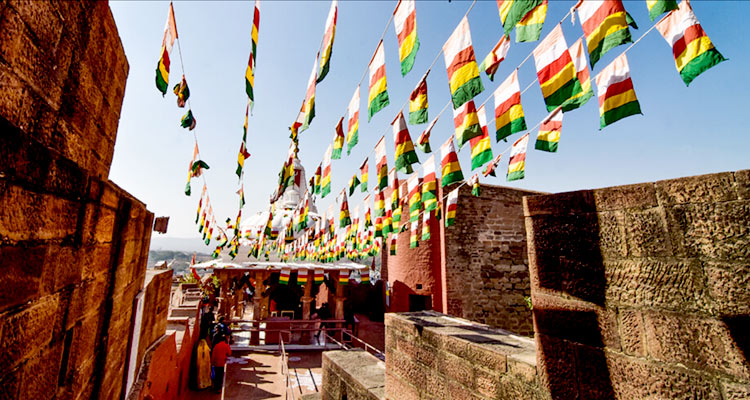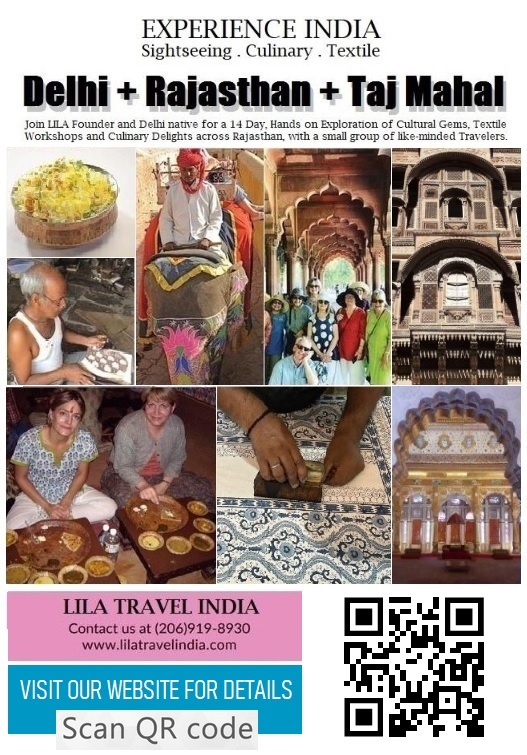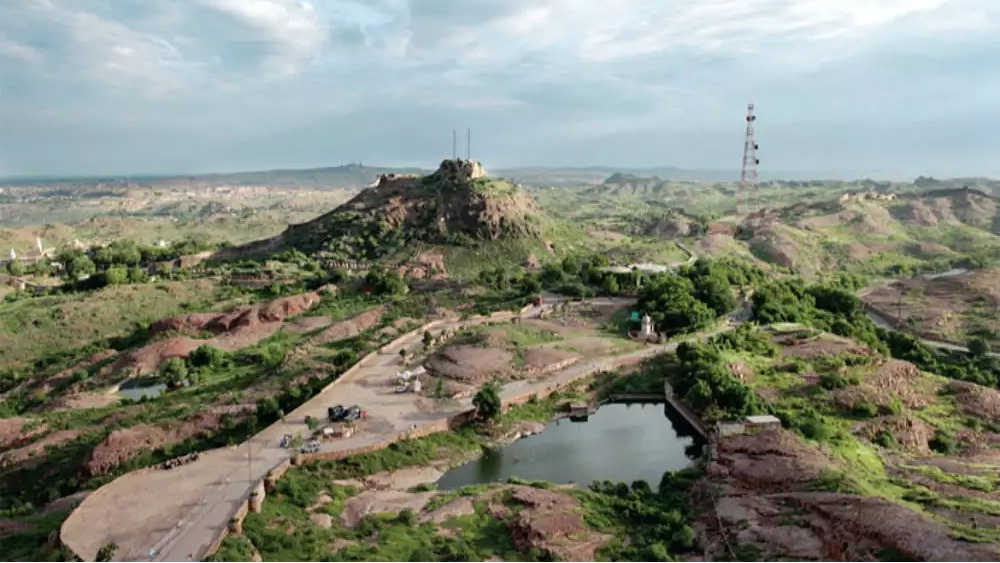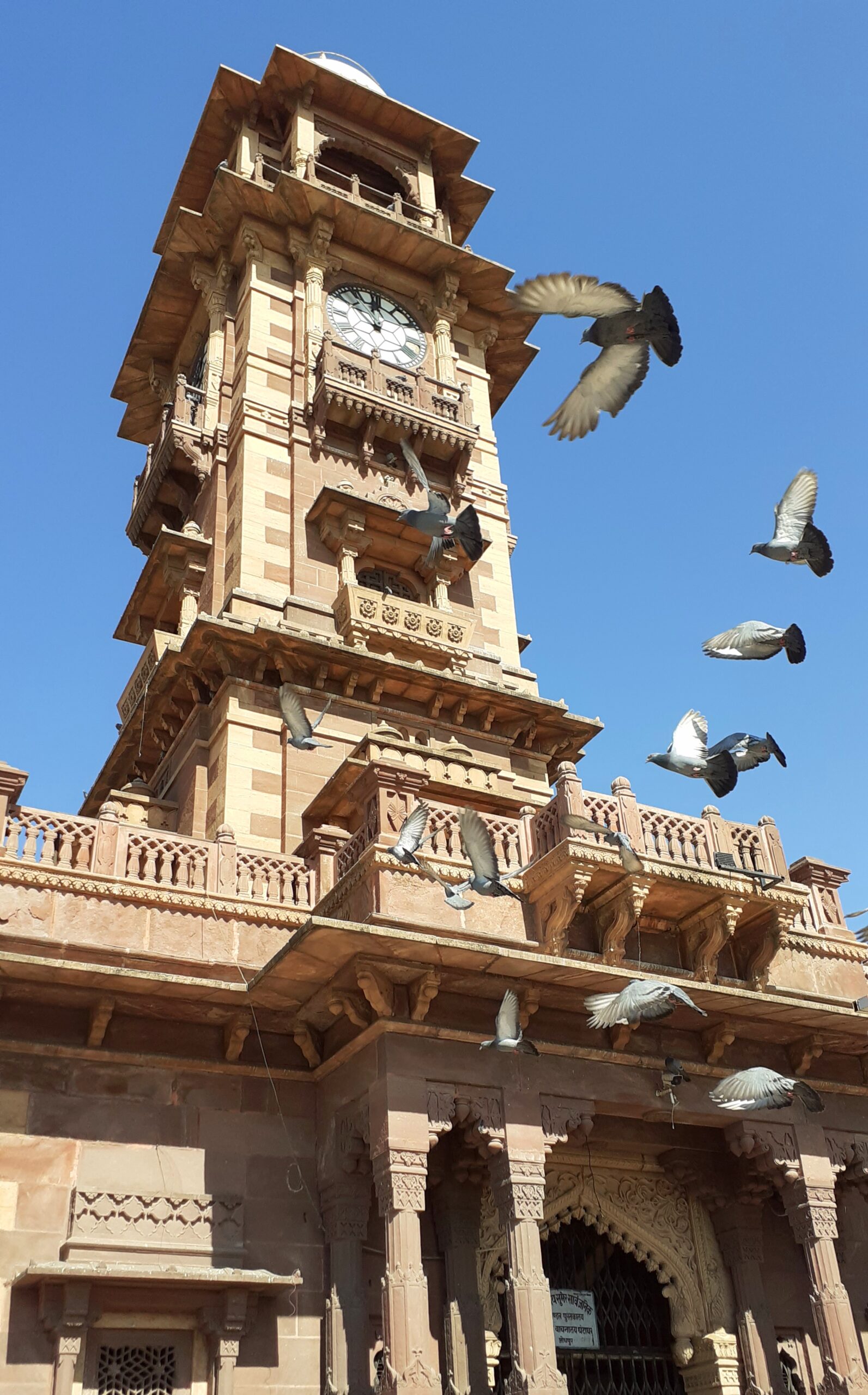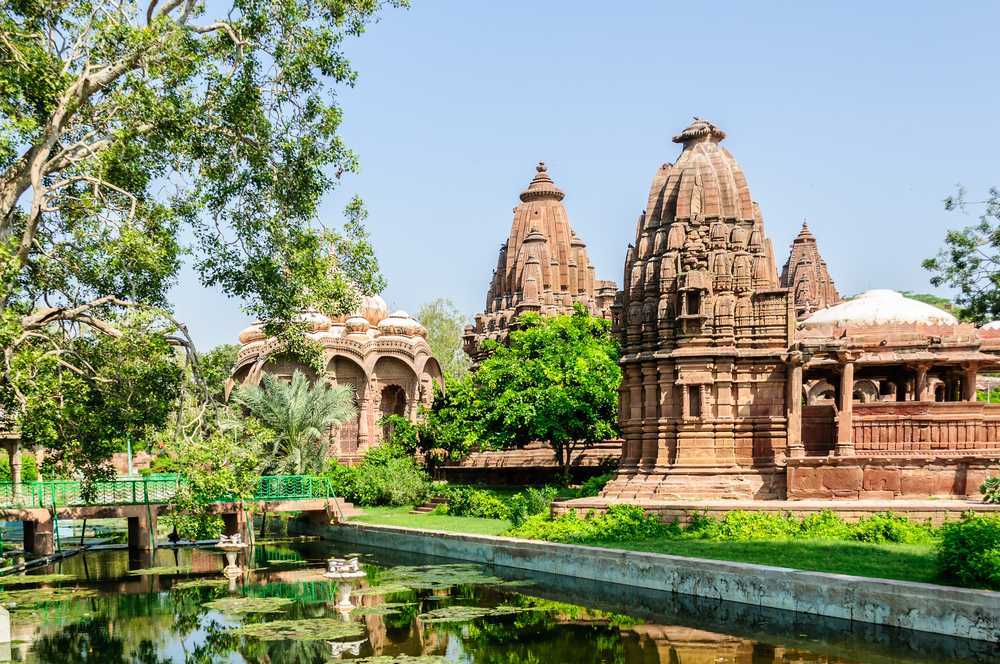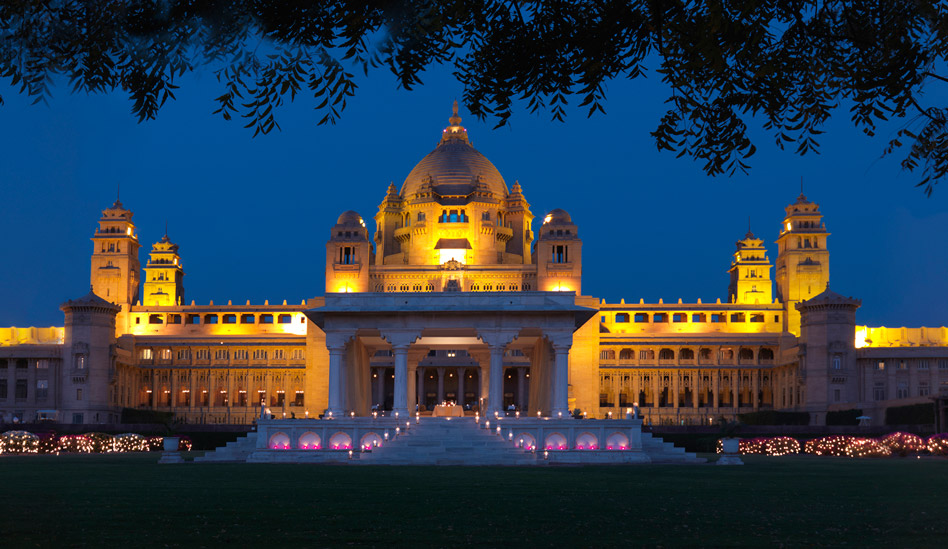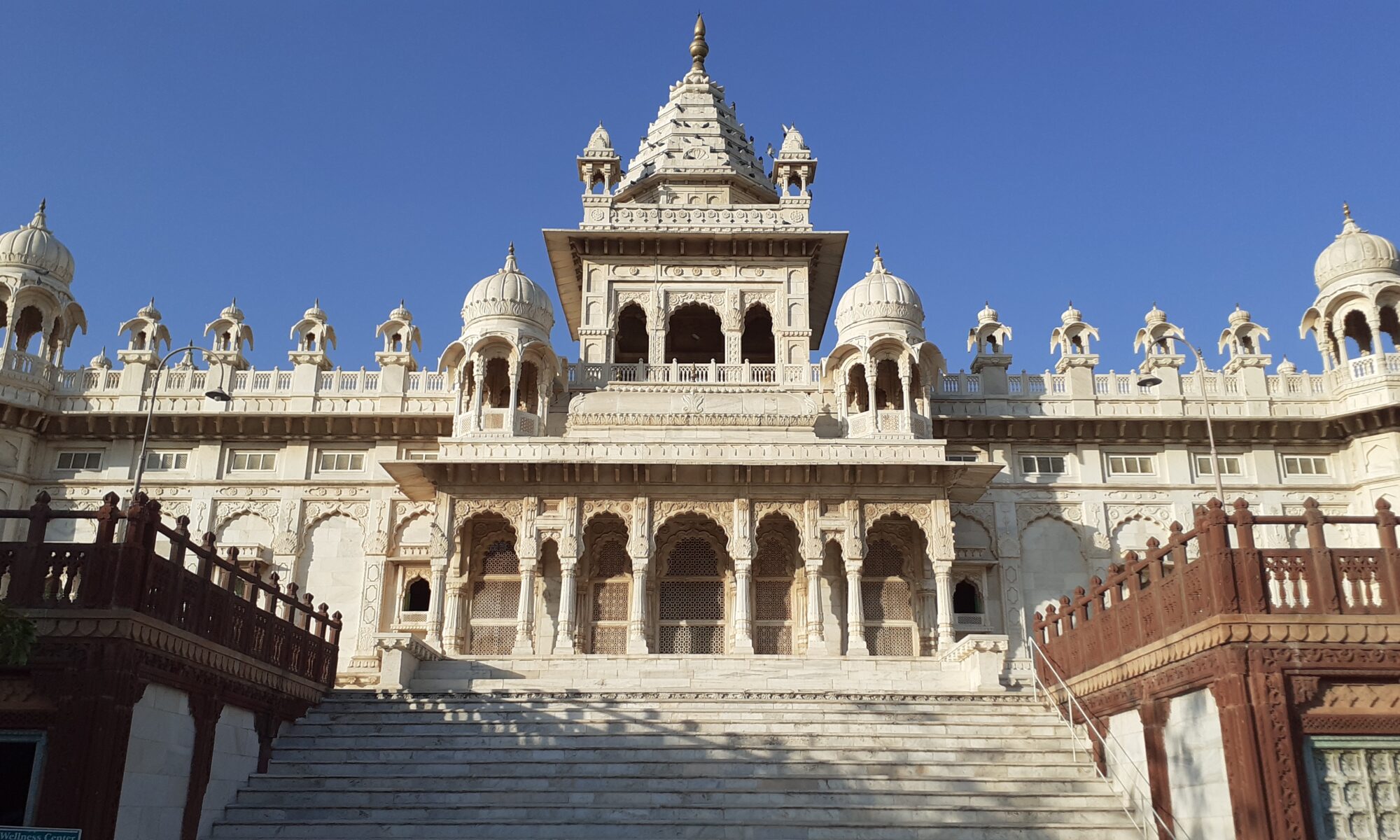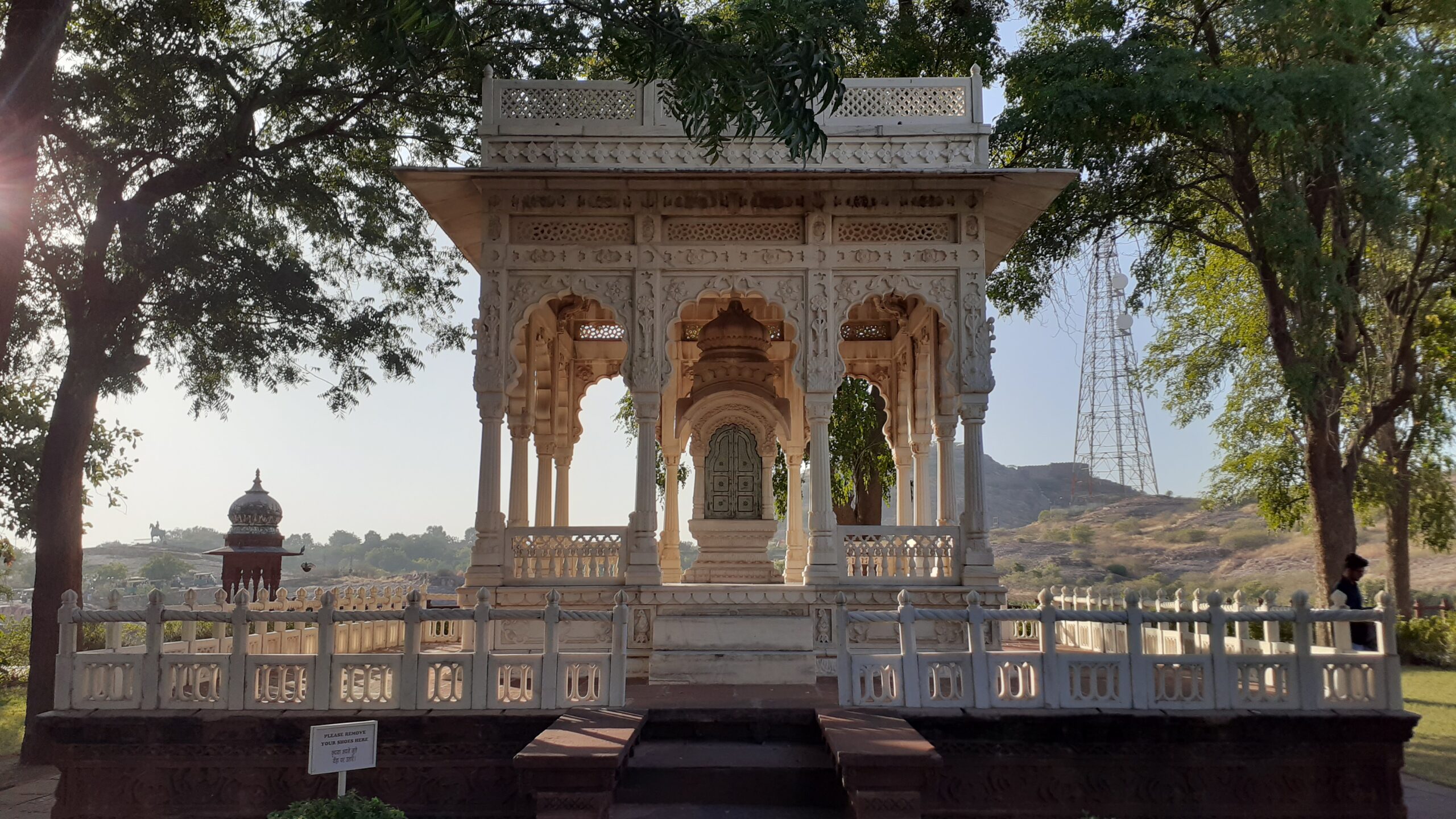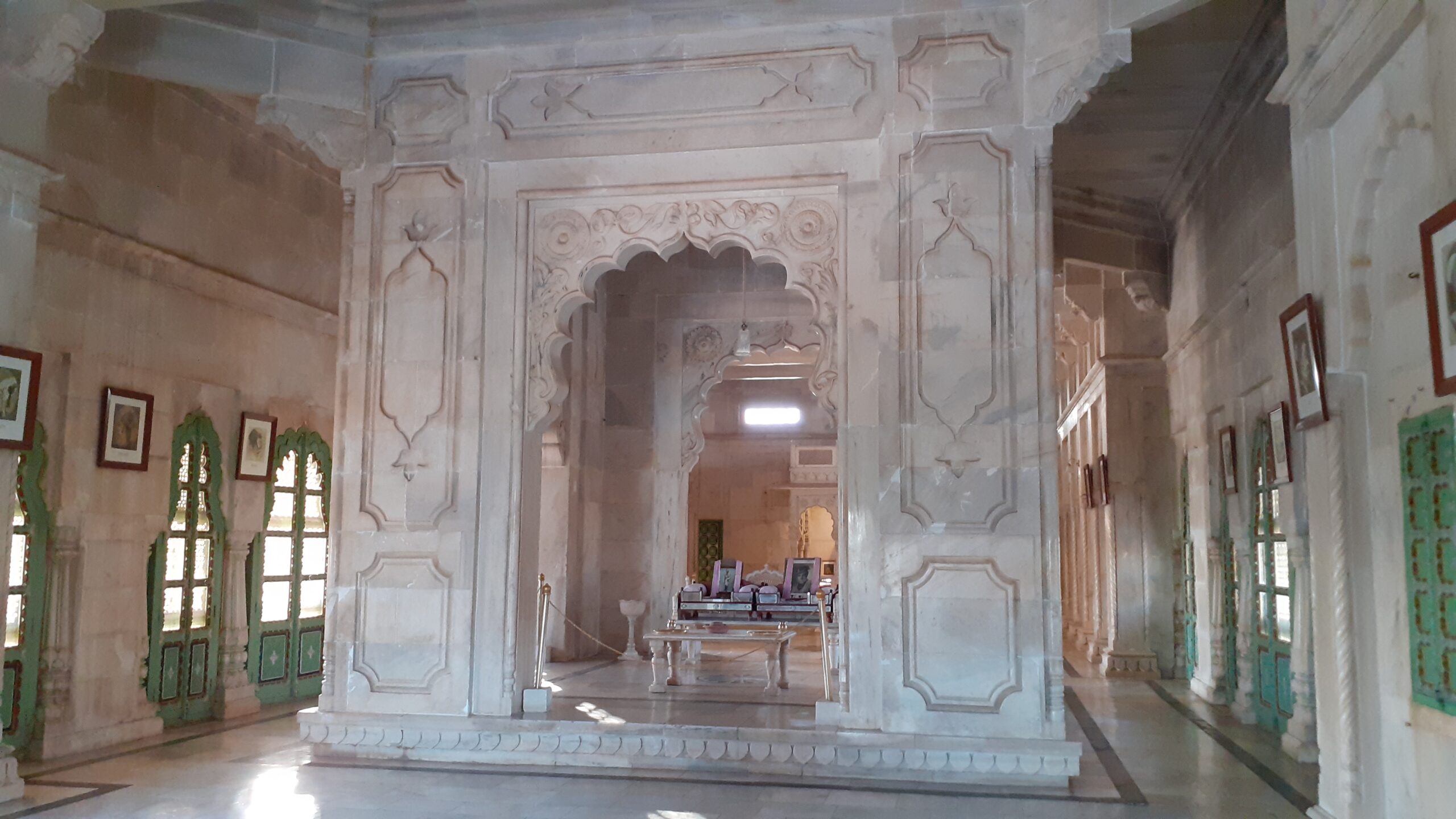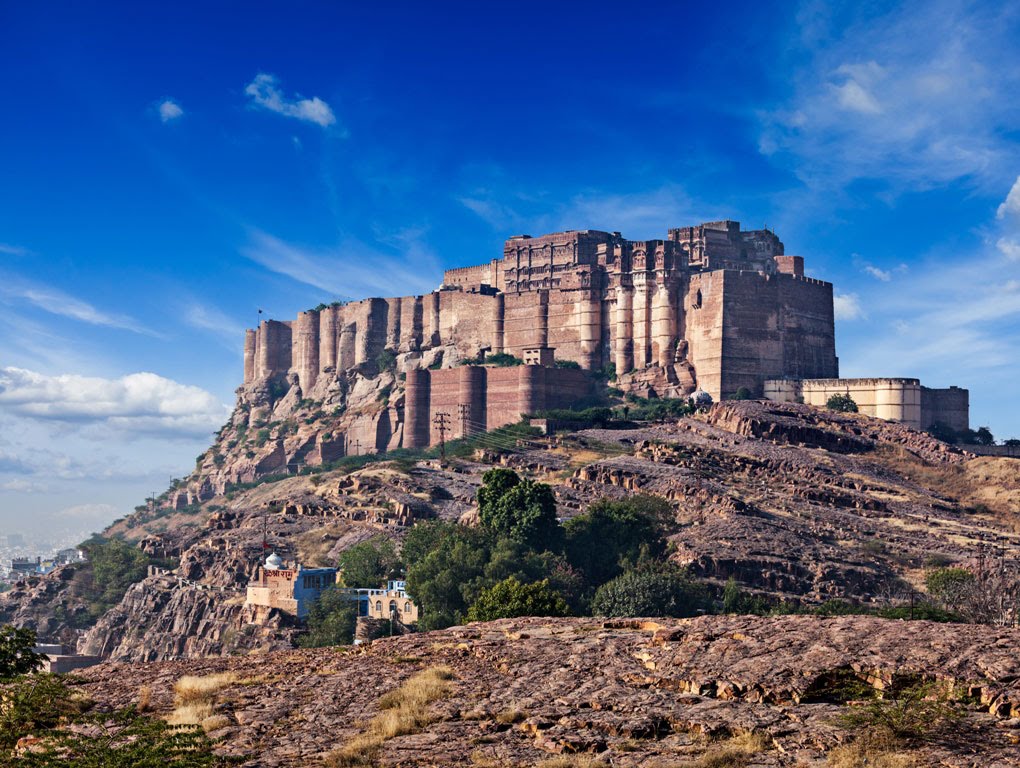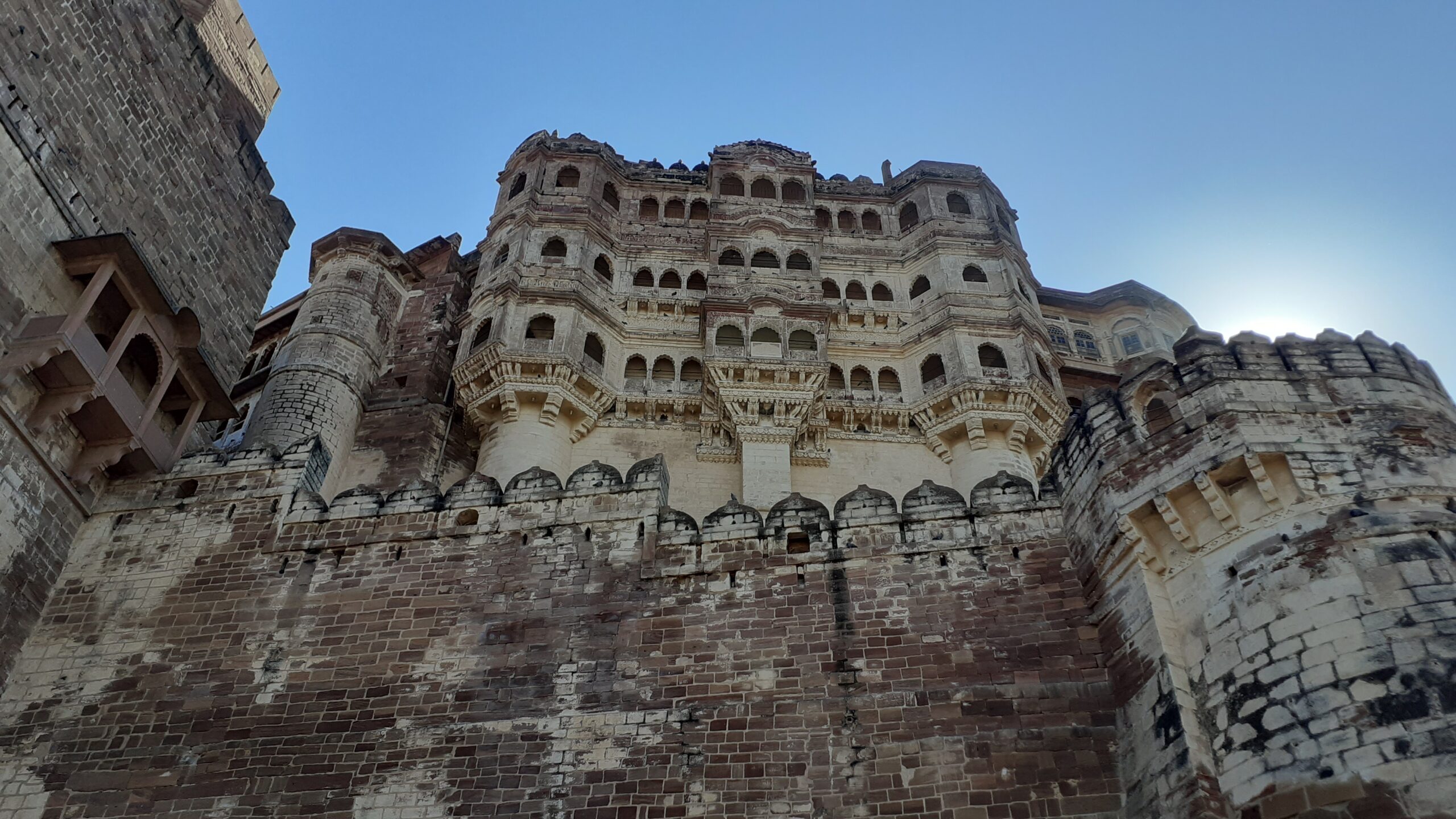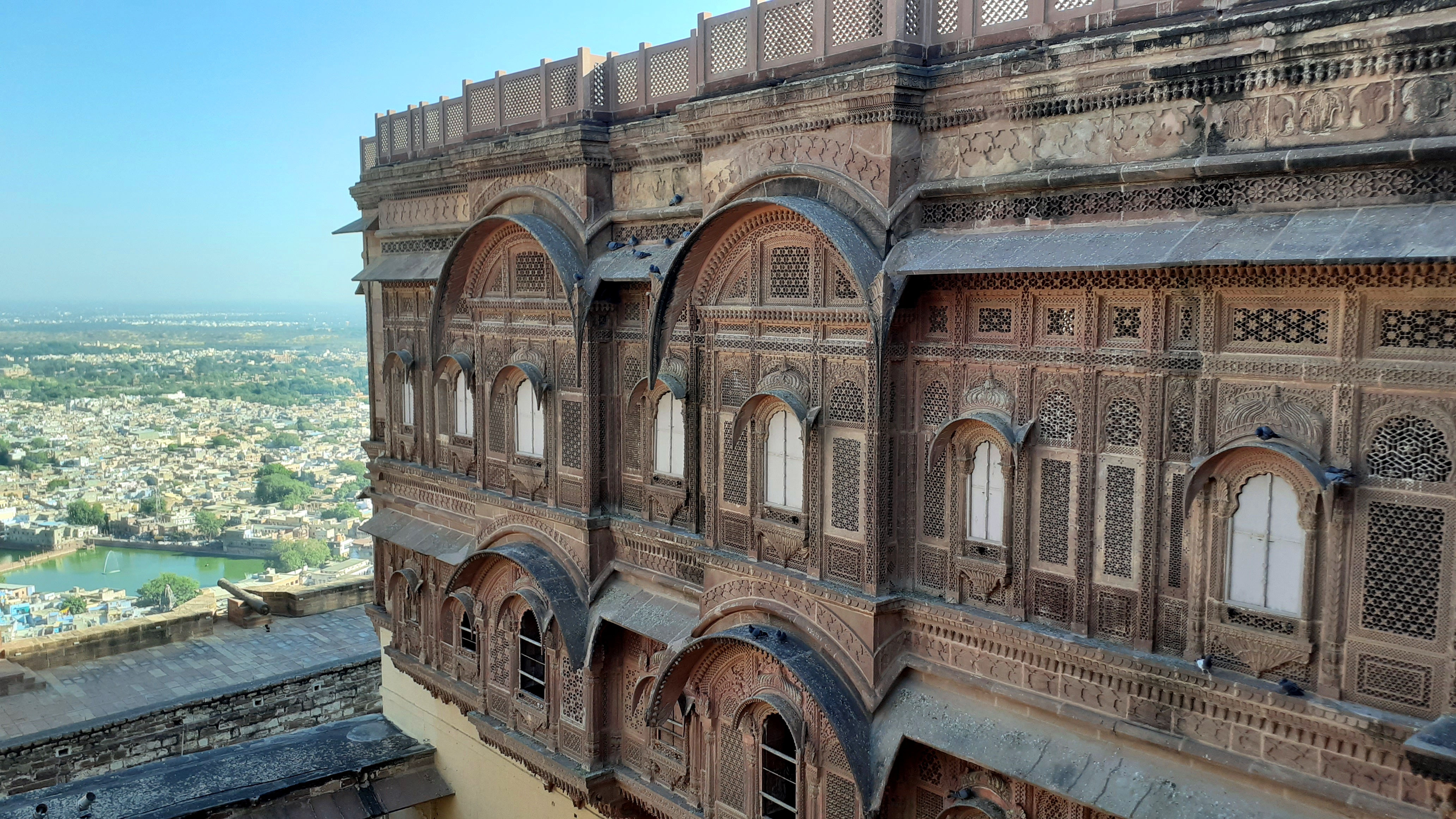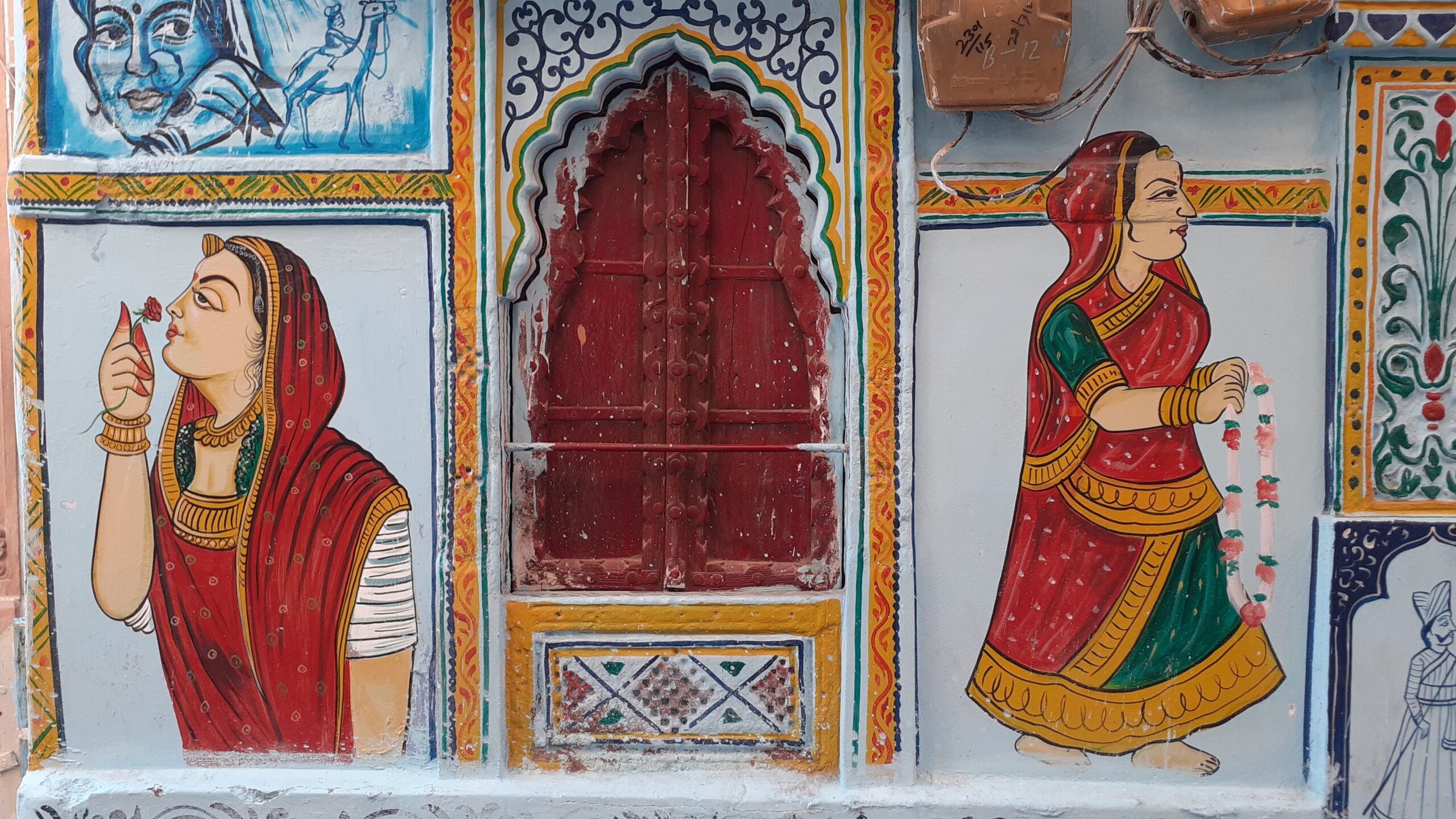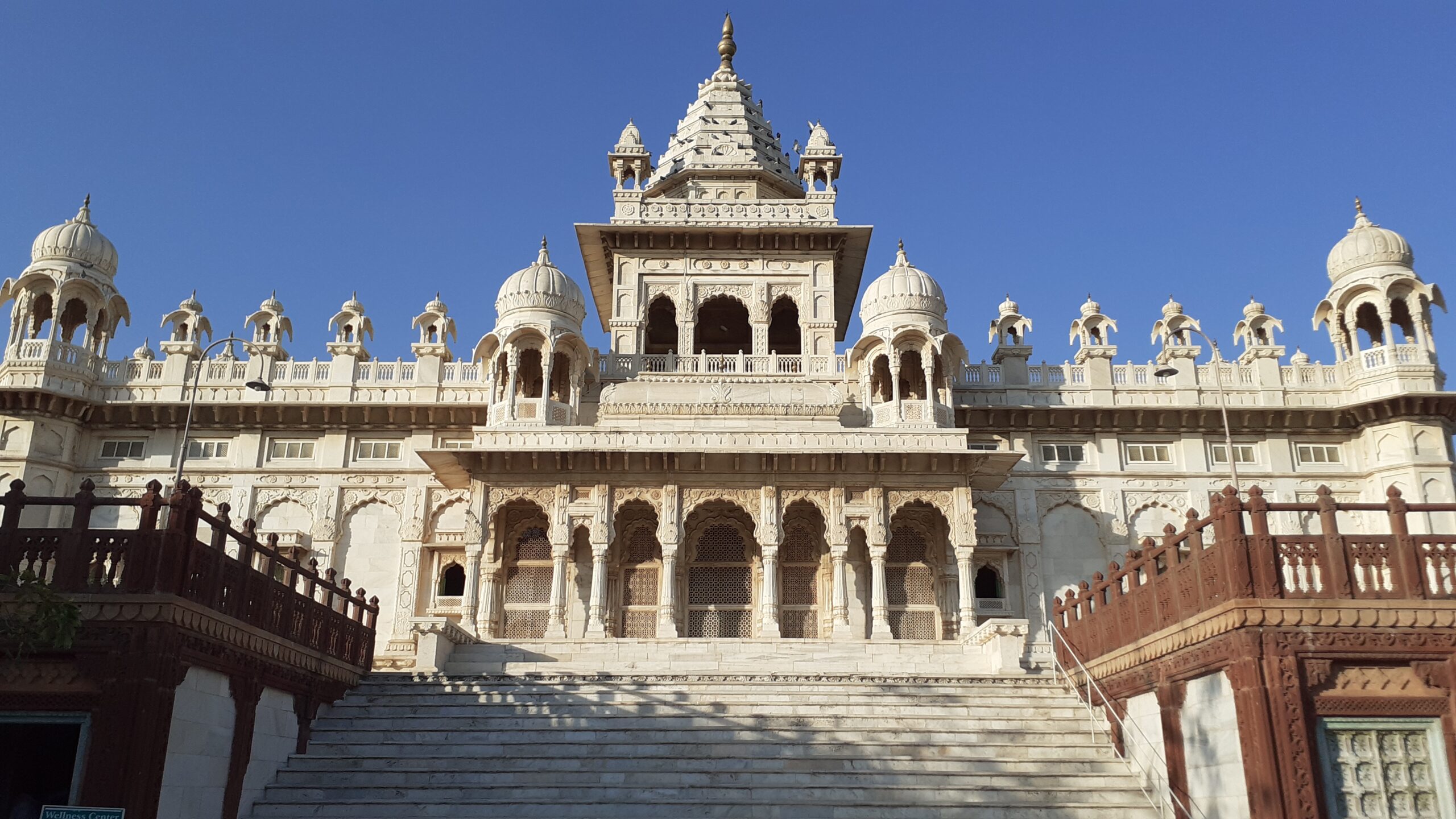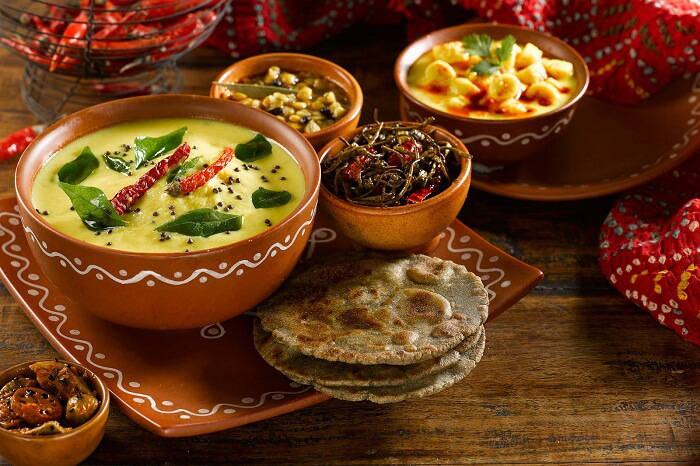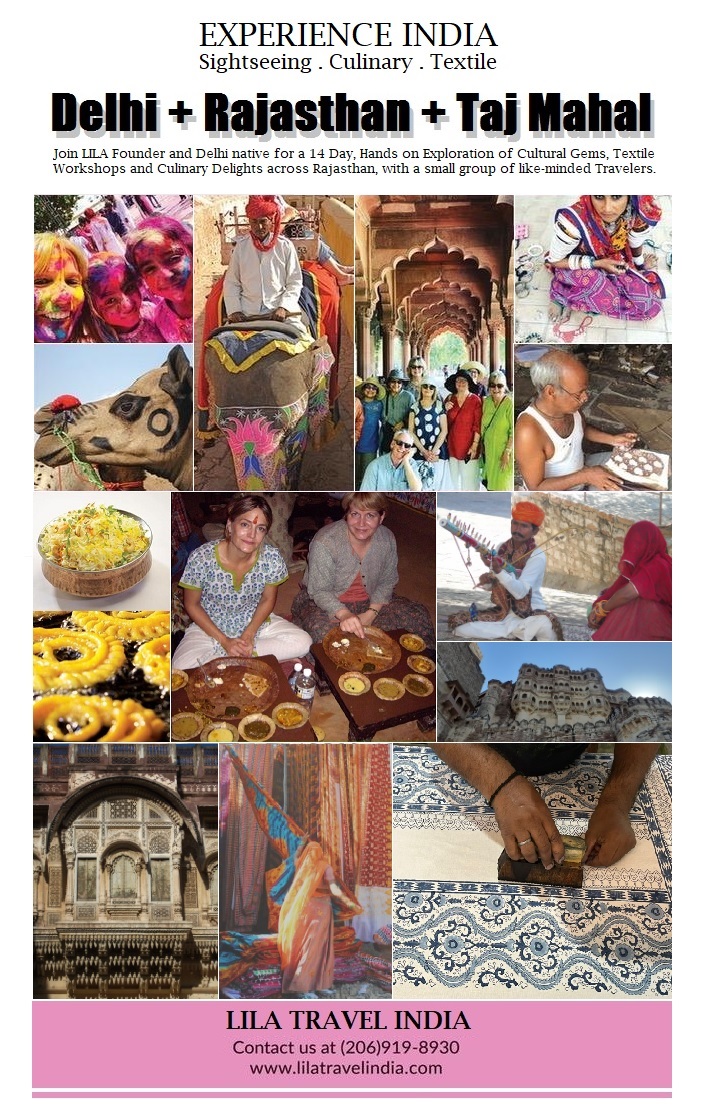Embark on a captivating journey through India’s rich tapestry of culture, history, and tradition on this 14-day tour.
Starting in Delhi, where you’ll explore the bustling streets of Old Delhi and visit iconic landmarks, your adventure takes you to the enchanting city of Udaipur, known for its royal palaces and serene lakes. You’ll experience the rural charm of Jalore, visit a block print workshop at Bagru and the vibrant “Blue City” of Jodhpur, with cultural encounters and village safaris along the way. In Jaipur, immerse yourself in the colors of Holi and learn the art of Indian cooking from a noble family. The Taj Mahal in Agra awaits, and your journey culminates back in Delhi with leisure time for shopping and a memorable farewell dinner. This immersive tour offers a deep dive into India’s heritage and hospitality, leaving you with cherished memories to take home.
Duration: 13N/14D
Destinations covered: Delhi – Udaipur – Jalore – Jaipur – Jodhpur – Agra
Travel Dates: Contact us
Price: Contact us
Payment Terms: 40% Down Payment, 60% to be paid in Full, 1 Month from the date of the Trip.
Tour itinerary:
Day 1: Delhi Arrival
Upon your arrival in Delhi, you will be warmly greeted and escorted to your hotel, where you will stay for two nights.
The remainder of the day is at leisure for you to relax and unwind.
Welcome dinner at hotel or local specialty restaurant.
Day 2: Delhi
Experience a full-day sightseeing tour of Delhi. Start your day with a cycle rickshaw ride through the bustling lanes of Chandni Chowk in Old Delhi.
You will pass through Kinari Bazaar and Spice Market.
This is followed by visits to Jama Masjid and the Raj Ghat, a memorial built for Mahatma Gandhi.
In the afternoon, visit the tomb of Humayun and the Qutb Minar.
Day 3: Udaipur
Fly to Udaipur, where you will spend the next two nights in a character hotel.
Day 4: Udaipur
Spend the morning exploring the city’s royal palaces, the old city, and the Jagdish Temple. Enjoy boat ride at Lake Pichola in the afternoon.
You will have the option to relax back at your hotel or shop for souvenirs in the lakeside boutiques.
Day 5: Jalore
Drive to the rural region of Rajasthan and stay overnight at a royal mansion, the beautiful home of a noble family in Jalore.
Soak in the rural surroundings of Bhenswara or visit the artisans practicing Moti Bharat, a unique textile art found in Jalore.
Day 6: Jodhpur
Drive to the “Blue City” of Jodhpur, where you will stay for two nights. Visit the imposing Mehrangarh Fort in the in the afternoon.
Enjoy a dinner arranged at the terrace of Pal Haveli, with a stunning view of the Mehrangarh Fort.
Day 7: Jodhpur
Morning enjoy the Bisnoi Village safari. Afternoon excursion to Salawas – a small village famous for durries (rugs) made by local artisans.
Explore the old quarters and narrow lanes of old city of Jodhpur in the afternoon.
Day 8: Jaipur
Drive to Jaipur and stop at Sanganer village en-route to see traditional hand block printed textiles. Stay for three nights in Jaipur.
Day 9: Jaipur
Celebrate Holi, the festival of colors, with a special celebration and festive lunch arranged at your hotel. In the evening, venture out for a stroll in the colorful markets of Jaipur.
Day 10: Jaipur
Visit the artisan village of Bagru, famous for block printing. We will visit a block print workshop at Bagru, meet the artisans and observe the process.
Return to Jaipur and visit the City Palace, Hawa Mahal, and the 18th-century Jantar Mantar Observatory.
In the evening, we join a Nobel family and spend some time learning intricacies of Indian cooking. You will eat what you cook.
Day 11: Agra
Travel to Agra via the 9th-century Chand Boari stepwell and the deserted red sandstone city of Fatehpur Sikri, the former capital of Mughal emperor Akbar. Stay in Agra for the night.
Day 12: Delhi
Rise early to visit the Taj Mahal before sunrise, followed by a visit to Agra Fort. Spend some leisure time shopping in Agra before being driven back to Delhi, where you will stay for two nights.
Day 13: Delhi
This day is at leisure for you to visit some of the markets again to do some last-minute shopping based on your textile & culinary experience.
In the evening, enjoy a farewell dinner as a fitting end to your Indian expedition.
Day 14: Depart Delhi
At an appropriate time, you will be picked up from your hotel and transferred to the international airport (check-in is 3 hours prior) to fly back home with happy memories
MEAL PLAN: Bed & Breakfast (some additional meals as per itinerary)
Note: This is non refundable trip, it is highly recommended that you buy travel insurance.
Want a customized tour? We also offer Tailor made group tours of India (for 6 people or more). Let us know what you want and we will work out the details. Contact us: 206 919 8930.
INCLUDED IN PRICE:
-
- Accommodation for 13 nights on twin-share (single occupancy at a supplement).
- Delhi – Udaipur flight in economy
- Road travel by a private chauffeur-driven, air-conditioned vehicle
- Assistance at airports
- All scheduled sightseeing with English speaking local guides
- Service of a tour manager
- Entrance fees at the monuments
- Block printing workshop at Sanganer
- Visit to Anokhi Museum and Brigitte Singh’s shop
- Visit to textile workshop at Akola, Jalore and Jodhpur
- All currently applicable taxes
NOT INCLUDED IN PRICE:
-
- International flight and airport taxes
- India Visa Fee
- Travel Insurance
- Any COVID related expenses
- Meals (Lunches & Dinners) if not mentioned otherwise in the program
- Expenses of personal nature like room service items, laundry, telephone calls etc
- Camera fees at the monuments (nominal)

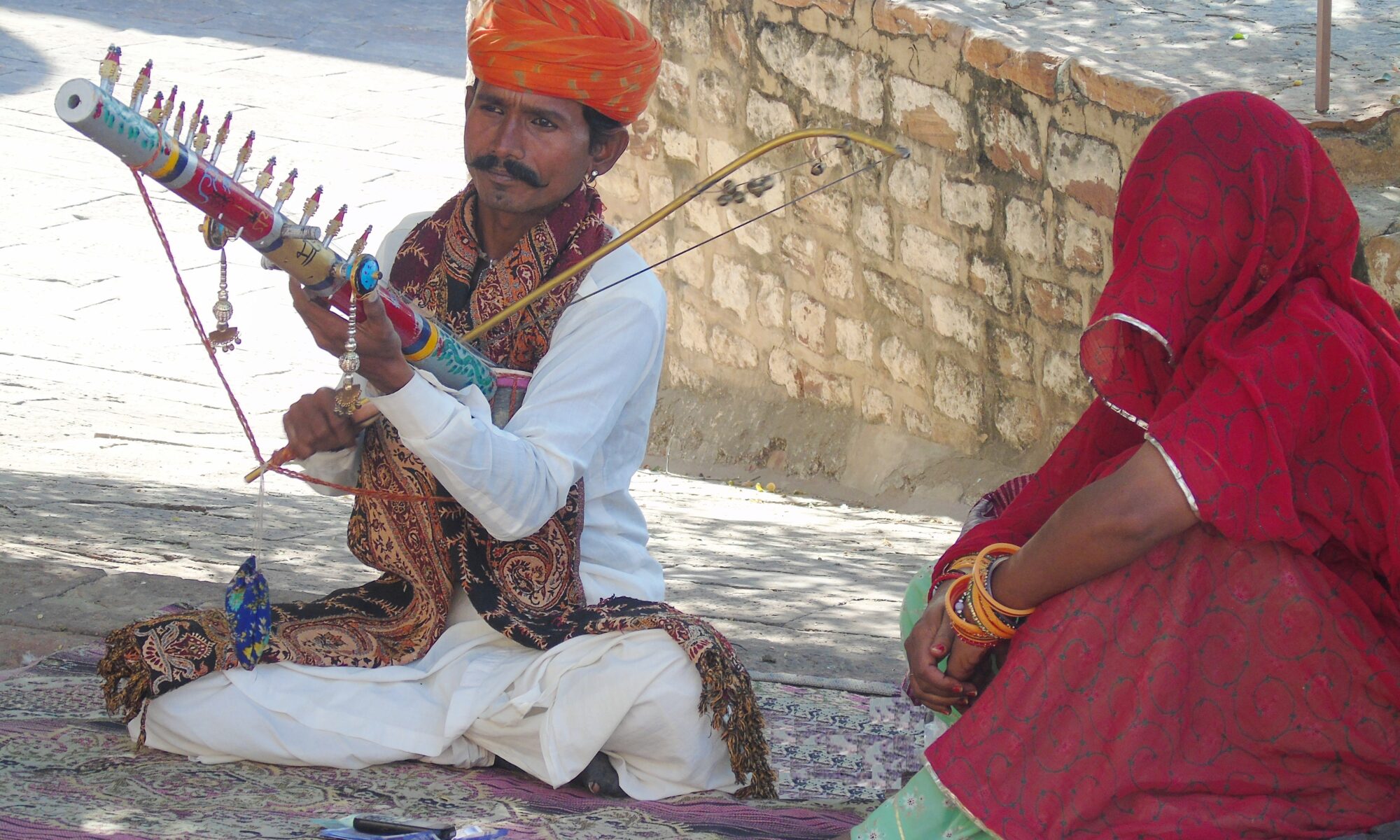
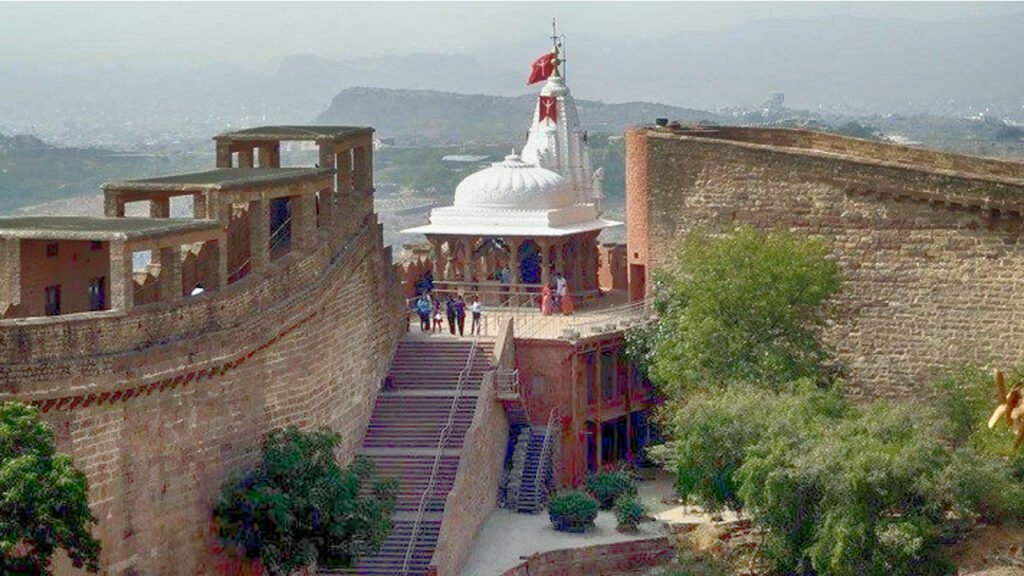
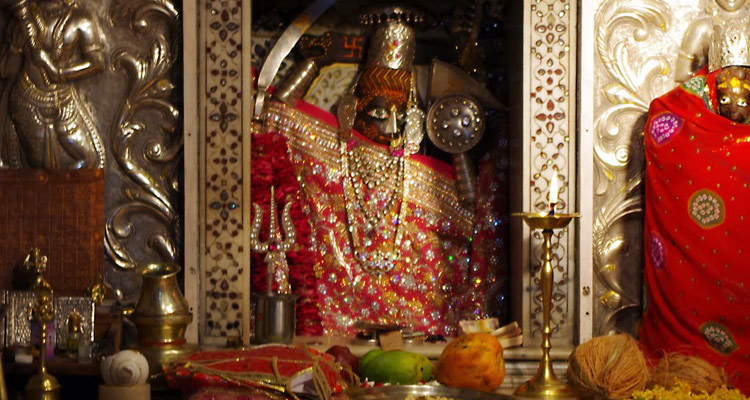 Inside the temple, devotees are greeted by the awe-inspiring idol of Chamunda Mata. Crafted from black stone and embellished with silver and gold ornaments, the deity exudes power and divinity. The atmosphere within the temple is serene and peaceful, providing a tranquil space for meditation and seeking blessings.
Inside the temple, devotees are greeted by the awe-inspiring idol of Chamunda Mata. Crafted from black stone and embellished with silver and gold ornaments, the deity exudes power and divinity. The atmosphere within the temple is serene and peaceful, providing a tranquil space for meditation and seeking blessings.